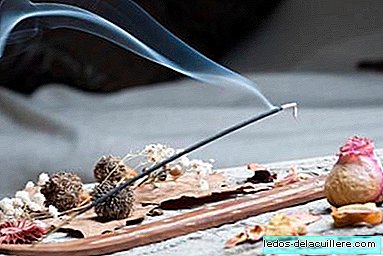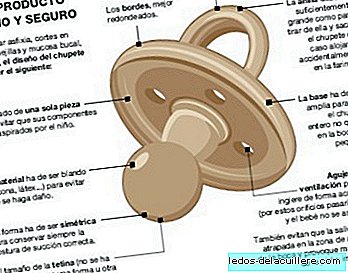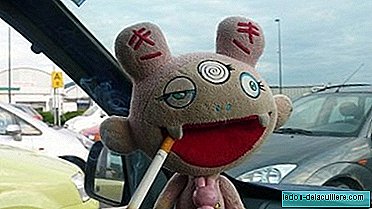
Every morning, after ventilating the house, making the beds, cleaning the dust and passing the mop, my wife burned a stick of incense that was consumed little by little, leaving a more diverse aroma, according to the smell chosen every day . The house smelled like a charm and it was nice to enter the street with our first child still small in our house clean and well-smelling.
However, one day we learned that those insignificant incense sticks could be very toxic and we stopped using them. Now OCU (Organization of consumers and users) explains in a statement that they can become more toxic than tobacco.
As explained in the aforementioned statement, the smoke from incense and that which comes from many aromatic oils comes as a result of burning substances derived from petroleum. The substances may be the following:
- Benzene: which is toxic and carcinogenic. Cigarette smoke emits 60 micrograms of benzene per cubic meter. There are burning cones that emit 490 micrograms.
- Fine particles: They are particles that when inhaled pass to the lungs where they reside for an indeterminate time. The more you have in your lungs, the greater the risk of respiratory problems. In a house where there are no smokers, the concentration of these particles per cubic meter is around 30 micrograms. In a smoking bar, the 180 micrograms. There are incense sticks that emit more than 3,000 micrograms per cubic meter.
- Formaldehyde: that as benzene is toxic and carcinogenic. It is considered that the maximum that can be are 10 micrograms per cubic meter. There are aromatic oils that go from 200.
- Volatile compounds: are substances that when burned are released in the form of gas and that can serve as an indicator of how polluting a product is. The ideal maximum is 200 micrograms per cubic meter. There are air fresheners that exceed 25,000.
These data are chilling, and more when they have been used, like me, in a house where there were young children. The reason is that it seems that the composition of many of these products is not regulated, and many times they are sold in relatively "healthy" stores, with organic cotton clothes, fair trade products and toys and similar things, and one tends to think that that will be totally harmless.
Given this situation, the OCU has presented the results of its analyzes to the European Commission demanding the regulation of these air fresheners and a correct labeling that explains the health risks that their use may cause.
And you, Have you ever used them at home, with your children?












